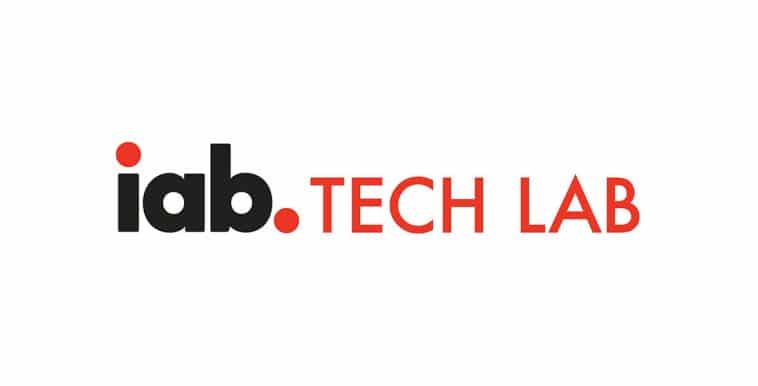The IAB Tech Lab has released the first version of its Agentic RTB Framework (ARTF), a new technical standard aimed at modernizing how digital advertising systems communicate and transact in real time. The specification, now open for public comment, introduces an interoperable, container-based architecture designed to reduce latency in programmatic auctions and support the rise of AI-powered “agentic” ad-buying technologies.
The framework outlines a method for demand-side platforms (DSPs), supply-side platforms (SSPs), enrichment partners, and other real-time services to operate within shared data center environments rather than sending bid requests across multiple remote servers. By colocating components in the same infrastructure—or even within the same virtual machine—ARTF seeks to streamline the bidstream and accelerate decision-making.
According to the Tech Lab, this approach could cut current bid request-response cycles by as much as 80%, reducing typical round-trip times of 400–800 milliseconds to roughly 100 milliseconds. The reduced latency is intended to provide more room for real-time optimization, data enrichment, and fraud detection before a bid is placed, while also lowering compute demands.
Tony Katsur, CEO of the IAB Tech Lab, said the goal is to re-architect real-time systems for an environment where both human-directed and automated agents increasingly operate. He described time as a “first-class asset” in modern programmatic trading, noting that legacy architectures constrain the ability of autonomous systems to act and respond promptly.
The move toward containerization, long used in broader software engineering, aims to bring similar efficiency to ad tech. Rather than passing data between multiple corporate servers via APIs, companies would be able to run partner technologies—such as optimization models, fraud-screening tools, or measurement solutions—inside isolated modules on their own infrastructure. These modules function as “agents” that can analyze, inform, or augment the bidstream without exposing proprietary code.
Industry participants say the approach could address long-standing challenges. Index Exchange, The Trade Desk, and Chalice are among the companies that have already tested container-based integrations, reporting benefits in speed, data access, and reduced overhead. Index Chief Architect Joshua Prismon said the ability to plug external capabilities directly into an SSP’s environment allows for more efficient per-impression decisioning that avoids the fragmentation and latency of external server calls.
Others see the framework as laying the groundwork for more advanced AI-driven trading. Chalice CEO Adam Heimlich said ARTF could reshape how optimization models interact with programmatic systems, while also supporting emerging protocols such as the Model Context Protocol and agent-to-agent communication.
The framework’s launch follows months of collaboration with companies across the programmatic ecosystem. The Tech Lab describes ARTF as a step toward a broader real-time control plane where multiple agents—trading, enrichment, fraud detection, and measurement—operate within a unified environment rather than across siloed systems.
The specification is available for review on the IAB Tech Lab website, with the public comment period running through January 15, 2026.







Comments
Loading…